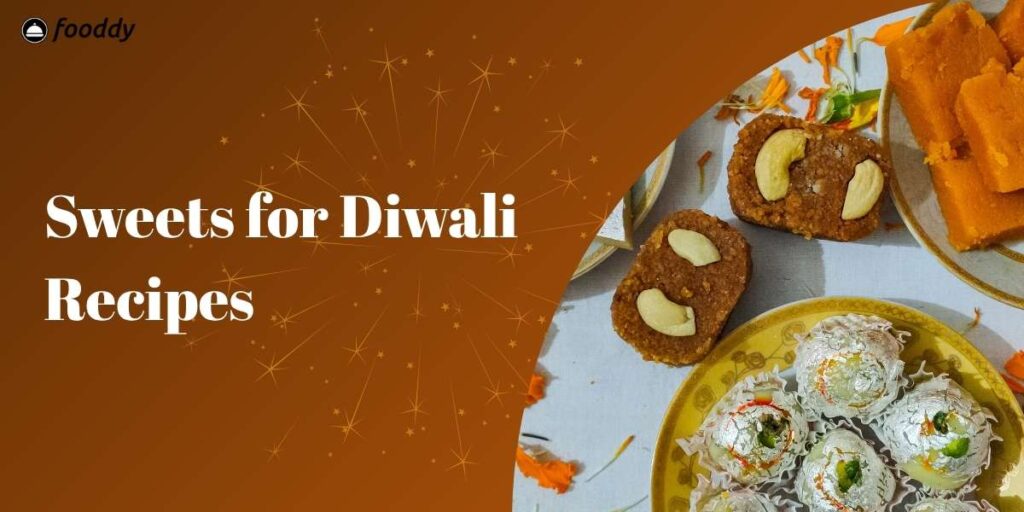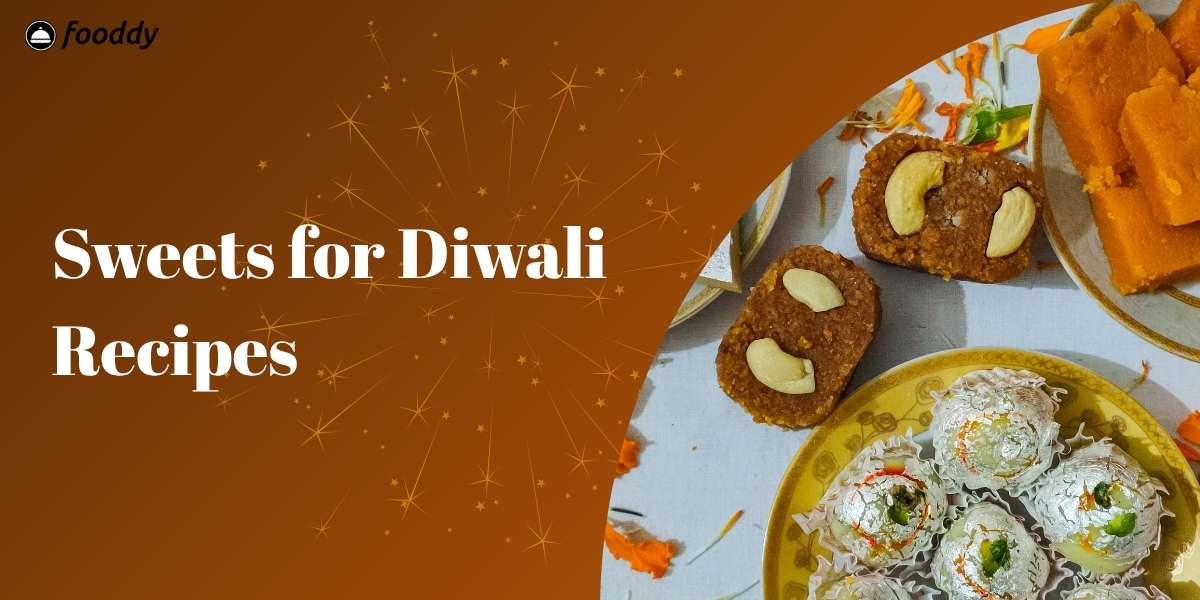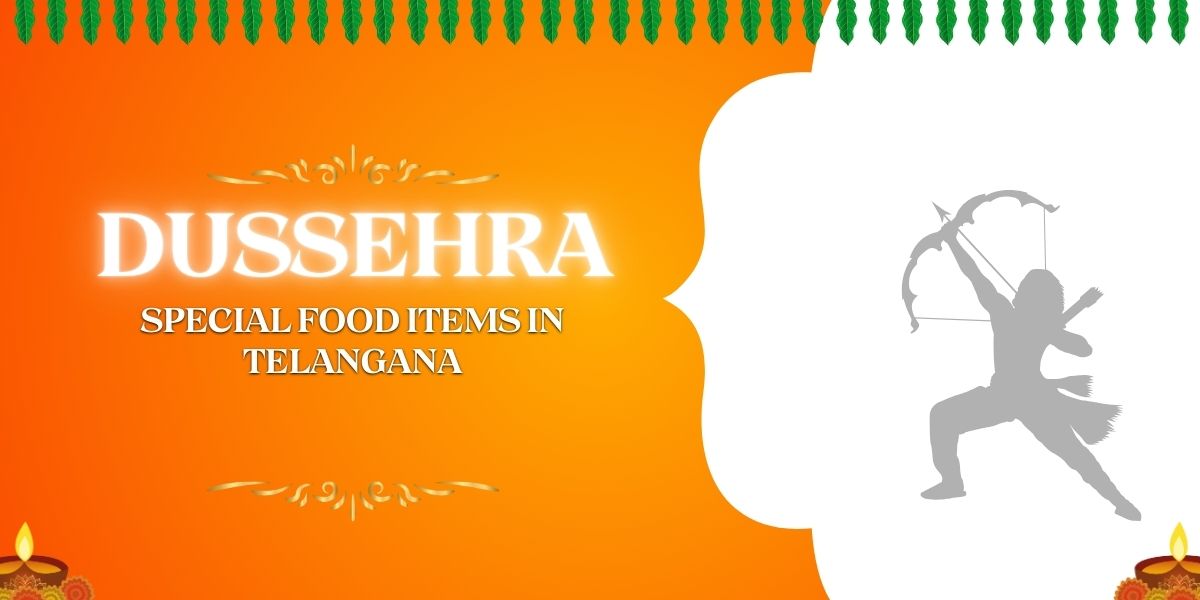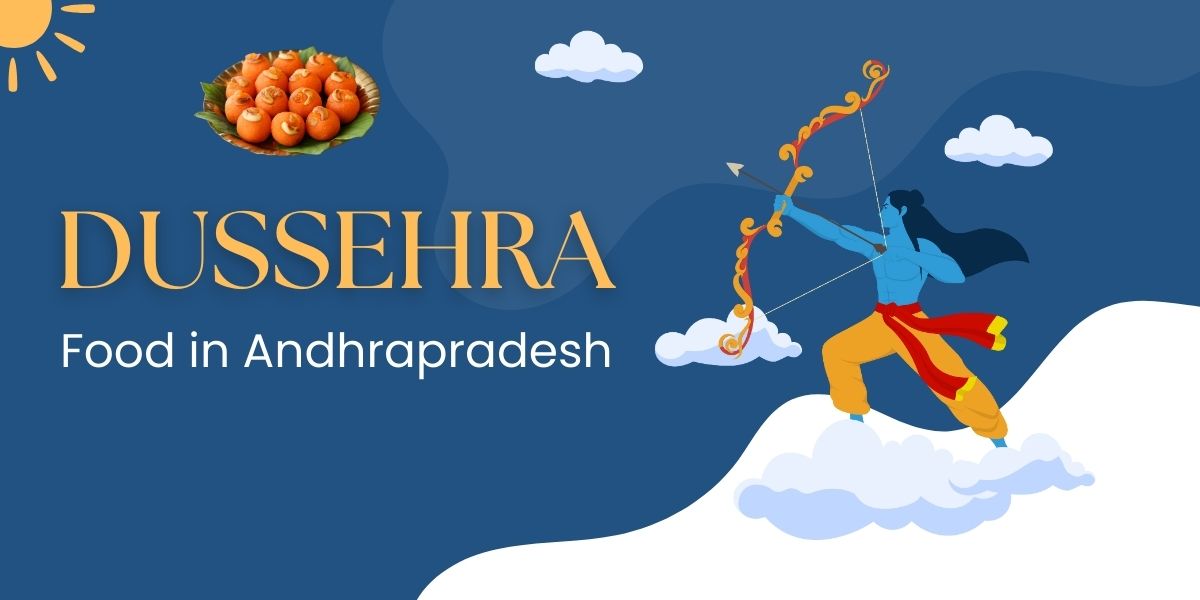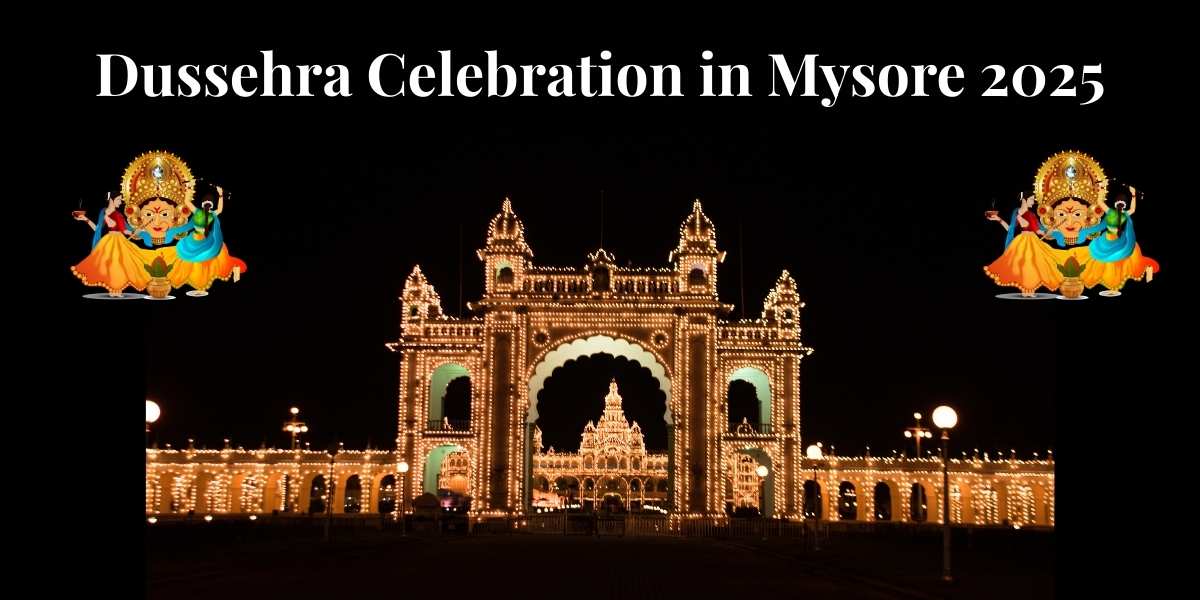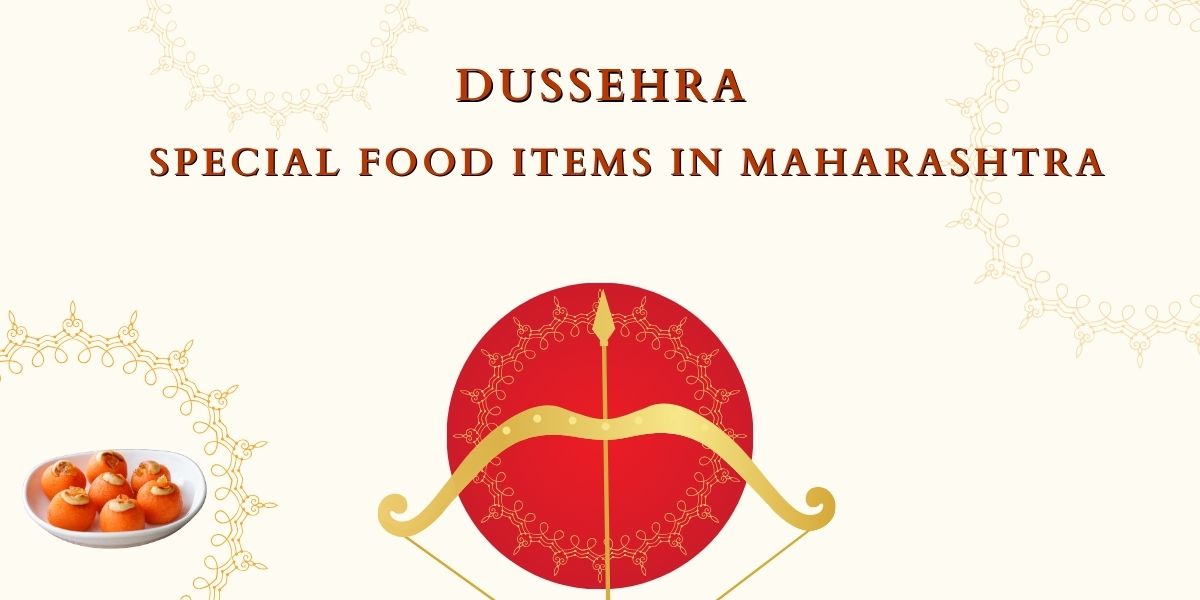Diwali, the festival of lights, feels truly complete only when the fragrance of freshly made mithai (sweets) fills the home. While buying ready-made sweets from local shops has its convenience, there’s something deeply heartwarming and satisfying about preparing them yourself. Homemade sweets carry a sense of love, purity, and care that store-bought ones often lack, turning every bite into a memory. Crafting Sweets for Diwali recipes veg adds not just flavor but also an intimate connection to family traditions, making celebrations even more meaningful and joyous.
In 2025, Diwali food trends are blending nostalgia with creativity. Traditional favorites like besan ladoo, kaju katli, and gulab jamun continue to rule the festive platter, while modern variations such as chocolate barfi, mango cheesecake sandesh, and red velvet peda are winning hearts for their indulgent twist. Whether you’re chasing the comfort of age-old classics or experimenting with new flavors, there’s something for every taste. From effortless 15-minute recipes to lavish, slow-cooked delights, this guide brings you everything you need to make your Diwali spread truly unforgettable.
Best Sweets for Diwali Recipes (20 Must-Try Ideas)
Here are 20 handpicked sweets for Diwali recipes (veg) that you can prepare at home:
Diwali is all about celebrations, and nothing brightens up the festive table like a vibrant selection of homemade sweets. Veg mithai options are truly endless, combining classic flavors with fresh twists and healthy ingredients. Whether you’re looking for a quick treat to whip up in minutes or a rich dessert to savor all evening, these 20 picks allow anyone to add warmth and color to every family gathering. Each recipe brings something special to your Diwali platter-the nostalgia of tradition, the excitement of new flavors, and the satisfaction of making it all yourself.
Kaju Katli
- Ingredients: Cashews, sugar, ghee, cardamom.
Method: Begin by making a fine cashew powder for the smoothest texture. Cook the powder with freshly prepared sugar syrup until the mixture thickens and starts coming together. Add ghee and a hint of cardamom for that signature aroma. Knead while warm, roll it out gently, and cut into classic diamond shapes. Homemade kaju katli melts in the mouth and captures the festive spirit perfectly.
Besan Ladoo
- Ingredients: Gram flour, ghee, sugar, cardamom.
Method: Slowly roast besan in rich ghee on low heat until golden and aromatic, infusing the kitchen with a nutty scent. Let the mix cool slightly before stirring in powdered sugar and cardamom. Shape portions into round ladoos, allowing the warmth of your palms to set them just right. Each bite bursts with traditional flavor and comforting sweetness.
Motichoor Ladoo
- Ingredients: Gram flour, ghee, sugar syrup.
Method: Prepare a light besan batter and drop tiny droplets (boondis) into hot ghee. Once golden and crisp, the boondis are carefully soaked in fragrant sugar syrup until they absorb all the sweetness. Gather handfuls and press gently to form soft, flavorful ladoos-a symbol of celebration, joy, and togetherness.
Gulab Jamun
- Ingredients: Khoya, flour, sugar syrup, ghee.
Method: Knead khoya with a touch of flour to form a pliable dough, then shape into small balls. Fry them in ghee over medium heat until deep brown. Finally, immerse the balls in saffron and cardamom-flavored sugar syrup to soak up the taste. Serve warm for ultimate indulgence and richness.
Jalebi
- Ingredients: Maida, curd, sugar, saffron.
Method: Prepare a thick, fermented batter using maida and curd for a hint of tang. Pipe into spiral shapes and fry till crisp and golden. Drop the hot jalebis into saffron-infused sugar syrup for a few seconds, then lift out and serve immediately. The result is delightfully crisp, juicy, and irresistible.
Soan Papdi
- Ingredients: Gram flour, ghee, sugar, and cardamom.
Method: Cook sugar and water until it reaches a string consistency. Fold in a roasted flour and ghee mixture, stirring continuously until the mix turns flaky. Pour onto a tray, flatten, and when set, cut into delicate cubes. The unique texture of soan papdi-light, airy, and sweet-makes it a festive favorite.
Coconut Barfi
- Ingredients: Fresh coconut, milk, sugar, cardamom..
Method: In a pan, combine grated coconut, milk, and sugar. Cook gently on low heat, stirring regularly until the mixture thickens and starts pulling away from the pan’s edges. Stir in a little cardamom for flavor. Pour into a greased plate, flatten the top, and let it cool fully. Once firm, cut into squares. The barfi has a soft texture and natural coconut sweetness with a subtle hint of cardamom, making it a simple and delicious treat.
Kalakand
- Ingredients: Paneer, condensed milk, sugar, cardamom.
Method: Crumble fresh paneer and blend with condensed milk and sugar. Cook together on a medium flame until thick and grainy, stirring to avoid burning. Add cardamom and spread onto a tray to set. Once cool, cut into squares-soft, mildly sweet, and milky in every bite.
Mysore Pak
- Ingredients: Gram flour, ghee, sugar.
Method: Roast gram flour in ghee until aromatic, then gently pour in hot sugar syrup. Keep cooking while adding more ghee, letting the mixture bubble and foam. Pour into a prepped tray and let it cool before slicing. The finished sweet is porous, melt-in-the-mouth, and rich-a specialty for the festival.
Anjeer Barfi
- Ingredients: Figs, dates, dry fruits.
Method: Blend dried figs and dates into a sticky base. Cook with a touch of ghee, then add chopped dry fruits for crunch. Spread the mixture evenly in a tray and let it set before cutting into bars. Anjeer barfi is naturally sweet and packed with a delightful, chewy texture, making it both healthy and festive.
Peda (Kesar/Elaichi)
- Ingredients: Khoya, sugar, cardamom, saffron.
Method: Begin by cooking fresh, crumbly khoya on low heat with sugar until the mixture thickens. Add a touch of cardamom for warmth and, for a festive flair, infuse with saffron strands. Once it cools a bit, roll the mixture into smooth, round pedas. These are perfect for gifting and often garnished with a few pistachio slivers for an elegant look.
Rasmalai
- Ingredients: Paneer, milk, saffron, sugar.
Method: Poach soft discs of paneer in water, then soak them in a thickened, sweetened milk flavored with saffron and a hint of cardamom. Chill well before serving to let the flavors mingle. Rasmalai is loved for its milky richness and how it just melts on the tongue, making it a highlight of any festive meal.
Malpua with Rabdi
- Ingredients: Flour, milk, sugar, rabdi.
Method: Prepare a silky batter from flour and milk. Pour small rounds onto hot ghee and fry until crisp at the edges and soft in the center. Soak these mini pancakes briefly in sugar syrup, then serve topped with a generous ladle of creamy rabdi. Malpua with rabdi is a festival treat that feels luxurious and indulgent.
Shrikhand
- Ingredients: Hung curd, sugar, cardamom, saffron.
Method: Strain yogurt overnight to make thick, creamy hung curd, then whisk in powdered sugar, cardamom, and saffron. Chill before serving for the flavors to develop. Shrikhand is smooth, fragrant, and refreshing-a cool balance to the richer Diwali sweets.
Modak
- Ingredients: Rice flour, coconut, jaggery, ghee.
Method: Knead soft dough from rice flour, then stuff with a sweet coconut-jaggery filling flavored with a splash of ghee. Seal and shape into traditional modak forms, then steam or fry until cooked. Modak is especially significant for Ganesh devotees and is a festive must-have.
Rava Kesari
- Ingredients: Semolina, ghee, sugar, saffron.
Method: Roast semolina in ghee until golden, then simmer with hot saffron sugar syrup, stirring until thick and lump-free. The aroma of saffron and ghee makes this sweet irresistible, while its vibrant color lights up any festive spread.
Payasam (South Indian Kheer)
- Ingredients: Rice/vermicelli, milk, jaggery.
Method: Simmer rice or fine vermicelli in milk until soft, then sweeten with jaggery and finish with a handful of roasted nuts and raisins. Payasam is creamy, comforting, and imbued with the warmth of tradition-it’s an essential at every festive meal in South India.
Ghevar
- Ingredients: Flour, ghee, milk, sugar syrup.
Method: Pour a light batter into a ghee-laden pan to create crispy, lace-like discs. Once golden, soak them in fragrant sugar syrup and garnish with creamy rabdi or slivered almonds. Ghevar stands out for its unique look and crunchy, honeycomb texture.
Badam Halwa
- Ingredients: Almond paste, ghee, saffron, sugar.
Method: Blend soaked almonds into a smooth paste, then cook patiently with ghee, sugar, and saffron. Stir until glossy, thick, and fragrant-each spoonful is a rich celebration of almonds and festival flavors.
Chocolate Barfi
- Ingredients: Milk powder, cocoa powder, sugar, ghee.
Method: Mix milk powder with a little cocoa for a chocolatey upgrade, then cook with ghee and sugar until it all comes together. Press into a tray in two layers for a fun twist. This treat offers a kid-friendly twist to traditional barfi, blending classic Indian sweetness with chocolatey delight.
💡 These recipes bring together timeless classics and modern favorites, letting you celebrate Diwali with delicious variety and the joy of homemade sweets in 2025.
Sweets for Diwali Recipes Indian
India’s rich cultural diversity brings a vibrant tapestry of flavors to Diwali mithai. Each region boasts its own unique specialities that reflect ancient traditions and local tastes, making Indian sweets for Diwali recipes an exciting and delicious journey.
- Maharashtra offers treats like Anarsa, a crispy rice-based sweet, along with karanji and the beloved puran poli, a sweet stuffed flatbread that adds a festive touch.
- North India delights with comforting sweets such as Gajar ka halwa, Balushahi, and Kalakand, known for their rich textures and warming spices.
- In Gujarat, Mohanthal’s fudge-like sweetness and the creamy, tangy shrikhand stand out as festive favorites.
- West Bengal tempts with its iconic Sandesh, spongy Rasgulla, and the soft, syrupy Cham Cham-each bite a celebration of milk-based delicacies.
- Tamil Nadu brings unique classics like Adhirasam, a deep-fried rice flour doughnut infused with jaggery, along with fragrant coconut burfi.
- Karnataka is famous for its melt-in-mouth Mysore Pak, a ghee-rich gram flour sweet, and Obbattu (holige), a stuffed flatbread with sweet fillings.
- Andhra Pradesh’s offerings include Ariselu, a jaggery-coated rice flour sweet, and Pootharekulu, ultra-thin rice flour rolls filled with sugar and nuts.
Each of these sweets encapsulates a story of heritage, weaving together flavors, textures, and time-honored traditions to create a truly indulgent Diwali experience that’s as diverse as India itself.
Simple Sweets for Diwali Recipes
Festive cooking doesn’t have to take hours. If pressed for time, these easy and quick sweets for Diwali recipes are perfect for busy kitchens and beginners alike, without sacrificing that traditional festive flavor:
Instant Coconut Ladoo
Quickly combine grated fresh or desiccated coconut with condensed milk, mixing into a sticky dough. Roll into smooth, bite-sized balls for an easy, no-bake treat that’s creamy, sweet, and utterly satisfying.
15-Minute Kalakand
Use store-bought paneer and condensed milk to create a soft, grainy kalakand that sets fast in the fridge. Minimal cooking and just a few ingredients make this a perfect last-minute option with rich, milky flavor.
Chocolate Modak
Give a delightful twist to traditional modaks by mixing milk powder, cocoa powder, and sugar to shape the distinctive modak form. These chocolatey sweets are sure to be a hit with kids and adults alike for Diwali fun.
Instant Gulab Jamun (Milk Powder Version)
Replace khoya with easy-to-use milk powder to whip up soft gulab jamuns rapidly. Fry and soak them in warm fragrant sugar syrup for a quick indulgence that tastes just like the classic.
Dry Fruit Energy Balls
No sugar needed here-blend nutritious figs, dates, and assorted nuts, then roll into small, energy-packed ladoos. These wholesome bites are a healthy, naturally sweet choice for festive snacking.
These simple recipes save valuable time, require fewer ingredients, and are foolproof enough for beginners, making your Diwali celebrations stress-free and delicious.
Traditional Diwali Sweets Recipes
For those who cherish authenticity, traditional Diwali sweets recipes connect us to generations of rich culinary heritage and festive joy. These sweets, though often labor-intensive, truly capture the heart and spirit of Diwali celebrations.
- Besan Ladoo: Made by roasting gram flour in fragrant ghee until golden, then mixed with sugar and cardamom to form soft, melt-in-the-mouth round balls, these ladoos are a timeless favorite.
- Mysore Pak: A specialty from Karnataka, this sweet is crafted by cooking gram flour with ghee and sugar until it develops a porous, soft texture that melts with every bite.
- Anarsa: A Maharashtrian delicacy, Anarsa is a deep-fried rice flour sweet with a jaggery coating, known for its crispy exterior and chewy inside.
- Karanji/Gujiya: These are flaky, deep-fried pastries stuffed with rich fillings like coconut, khoya, or dry fruits, bringing a burst of flavor and texture.
- Adhirasam: A traditional Tamil Nadu sweet made from rice flour and jaggery, deep-fried to achieve a chewy, caramelized delight with a fragrant aroma.
- Balushahi: A flaky, deep-fried sweet from North India, Balushahi has a crumbly texture that contrasts beautifully with its sugary glaze.
- Soan Papdi: Found in almost every Diwali sweet box, this flaky, cube-shaped mithai is light, crispy, and infused with cardamom.
- Modak: Sweet dumplings made from rice or wheat flour dough filled with coconut and jaggery, either steamed or fried, they hold special significance during festive occasions.
While these sweets require patience and skill to prepare, their rich flavors and textures embody the true essence of Diwali, making every effort worthwhile. Serving these traditional treats brings a deep sense of connection to culture, family, and celebration.
Conclusion
Sweets are truly at the heart of Diwali, symbolizing prosperity, joy, and the spirit of togetherness that defines this vibrant festival. In 2025, families are beautifully blending time-honored traditional Diwali sweets recipes with innovative, easy fusion ideas. From evergreen classics like kaju katli and besan ladoo to exciting new treats like chocolate barfi, the variety is vast and inviting.
Making sweets for Diwali recipes veg at home adds a special layer of purity and freshness that store-bought options often lack. Beyond the flavors, it creates cherished festive memories as loved ones gather to cook, taste, and share. Whether one prefers elaborate authentic Indian sweets or quick 15-minute recipes, there truly is a sweet for every taste and schedule.
This Diwali, let your kitchen come alive with the warm aroma of homemade mithai. Share this sweetness generously with family and friends, creating moments of love and celebration that shine as brightly as the festival lights themselves.
FAQs
Q1. What sweets are a hit for Diwali?
Ans:- Kaju katli, motichoor ladoo, gulab jamun, besan ladoo, and soan papdi are the usual favorites. They’re perfect for hosting or gifting and instantly set the festive mood.
Q2. Are Diwali sweets vegetarian?
Ans:- Yes. Most Indian festive sweets are vegetarian, made with milk, sugar, ghee, and various flours-no meat or eggs-so they suit most diets.
Q3. Do different states have their own festive sweets?
Ans:- Absolutely. Maharashtra has anarsa, Tamil Nadu makes adhirasam, West Bengal is known for rasgulla, and Gujarat for mohanthal. Same festival, distinct local flavors.
Q4. Need a few quick, no-fuss options?
Ans:- Try instant coconut ladoos, quick kalakand, chocolate modaks, or dry fruit ladoos. They’re simple, don’t need expert skills, and still taste festive.
Q5. How do I make the classics a bit healthier?
Ans:- Swap white sugar for jaggery or dates, add nuts like almonds or walnuts for texture, and go easy on the ghee. You’ll keep the flavor while lightening things up.
Q6. Where can I find recipes that actually work?
Ans:- Hebbars Kitchen and Tarla Dalal are reliable. You’ll also find solid step-by-step versions on trusted food blogs or YouTube-look for clear instructions and reviews.
Q7. Can I make them ahead?
Ans:- Yes. Ladoos, barfis, and soan papdi keep well for 3–5 days in airtight containers. Let them cool completely first, and store in a cool, dry place.

